Piezoelectric transducer buzzers are a well-known option for audible identification and alert between a product and its user, but unlike their indicator counterparts, transducer buzzers require an external driver circuit to produce a desired tone or sound. While this gives transducers added flexibility, it also results in additional design work surrounding the driver circuit, where the sound created by the buzzer is reliant upon both the selected buzzer and the signal used to drive it.
There are a number of driver circuit options available to designers, and this article covers the advantages and disadvantages of several common design techniques.
The Basics of Piezo Transducers
To get a good primer on the working principles of buzzers and piezoelectric transducers, Buzzer Basics: Technologies, Tones, and Drive Circuits provides extensive information. But here is a brief overview of the technology before diving into driver circuit types.
Constructed of a piezo material that physically deforms when a voltage is applied, piezoelectric devices produce more or less noise based on the amount of deformation caused by the applied voltage. As was noted earlier, transducers require an external excitation signal to operate, whereas indicator buzzers only need a supply voltage. This is due to an indicator’s internal oscillator that can make for easier design implementation but reduces the range of tones and sounds that can be produced in comparison to transducers.
Option 1: Basic Driver Circuit
A basic driver circuit for a piezo transducer can be composed of a reset resistor and an electronic switch, such as an FET or BJT, as shown in Figure 1.
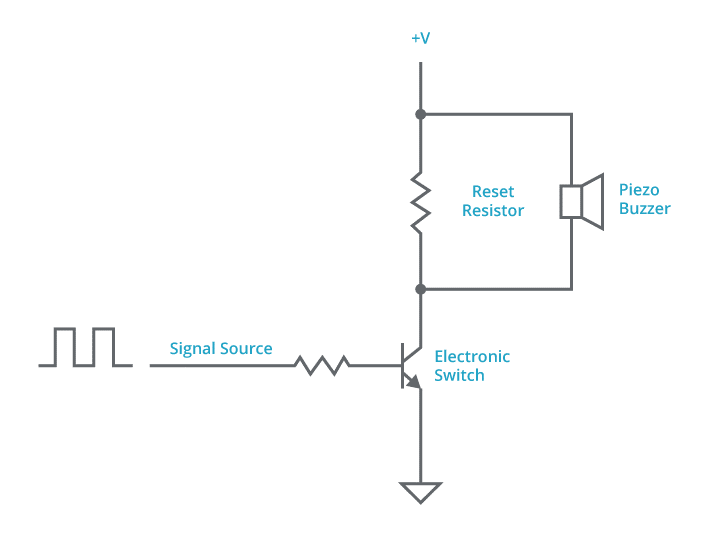
Figure 1. Basic driver circuit consisting of a reset resistor and electronic switch
Engineers can benefit from this circuit because it utilizes only a few, cost-effective parts, but is hindered by the power dissipation of the reset resistor and the reality of the voltage applied to the buzzer being restricted to the supply voltage ( V). It is important to mention that this basic driver circuit and buzzer will perform identically if the buzzer terminal is connected to either the V supply (Figure 1) or to ground.
Option 2: Adding Buffers
To reduce the reset resistor’s power loss from the basic driver circuit above, an engineer can add two buffer transistors, which tolerate the use of a higher impedance reset resistor, as shown in Figure 2.
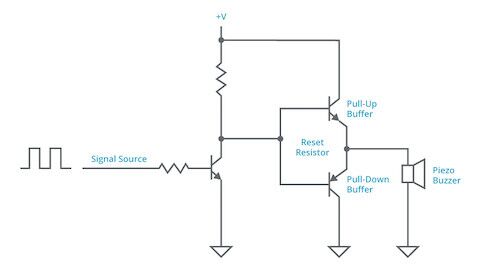
Figure 2. Two buffers added to the driver circuit
While this reduces power loss, it does have the deficiency of reducing the voltage applied to the buzzer by about two diode drops, or approximately 1.2 Volts. As with the Figure 1 circuit, the buzzer terminal being connected to the V supply or to ground will not change the performance of the buzzer and circuit.
If the reduced voltage caused by the two added buffers above is an issue, one can just reverse the positions of the BJT buffers. An engineer also has the option to replace the BJT buffers with FET buffers, both of which are shown in Figure 3.
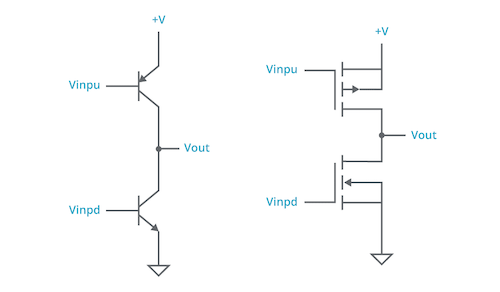
Figure 3. Circuit with reversed BJT buffers (left) or FET buffers (right)
Option 3: Half- or Full-Bridge Driver Circuits
Although an option, the modifications made to the buffer configurations in Figure 3 may not be ideal when designing with discrete components because of the complexity added to the driver circuits. Driver circuits with push-pull buffers are typically known as “half-bridge” drivers. When driven out of phase, two half-bridge drivers are referred to as a “full-bridge” driver, which can be utilized with a buzzer connected between the two half-bridge driver outputs.
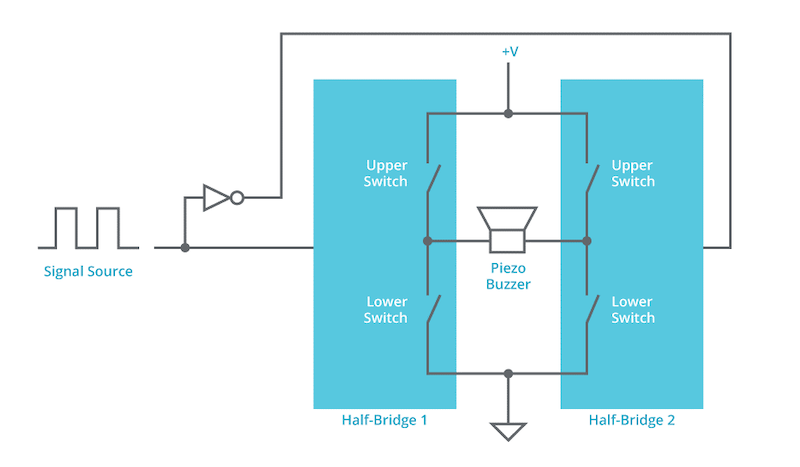
Figure 4. Full-bridge circuit
Full-bridge drivers carry the distinct advantage of distributing twice the amount of voltage to a buzzer as half-bridge or basic driver circuits, resulting in higher sound output from the same supply voltage. Often used to drive electric motors, half-bridge and full-bridge drivers also benefit from being available as inexpensive integrated circuits.
Option 4: Resonant Driver Circuit
An engineer also has the option to form a resonant driver circuit utilizing a discrete inductor and a transducer buzzer’s parasitic capacitance. A resonant circuit is characterized by the storage and transfer of energy between two elements, which in this case is the parasitic capacitor and inductor. One such implementation of this resonant driver circuit is shown in Figure 5.
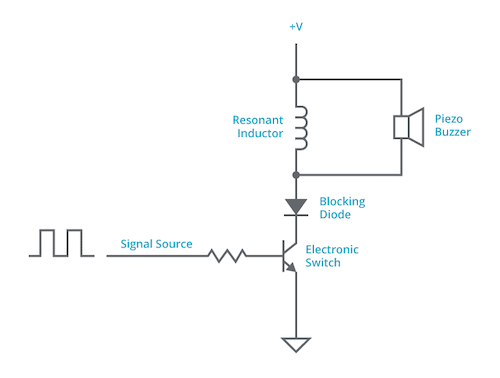
Figure 5. Resonant driver circuit example
Designers can benefit from resonant driver circuits because of their simple construction, high electrical efficiency, and the ability of the voltage established across the piezo buzzer to be much greater than the supply voltage. On the other hand, resonant circuits operate best at one specific frequency, limiting their use in applications in need of varied frequency tones.
The chosen frequency also influences the inductor that can be physically large and heavy compared to other circuit components. In addition, resonant driver circuits rely on the parasitic capacitance of a piezo transducer, which is not always well controlled or characterized during manufacturing. A resonant circuit’s operation is also challenging to model and can lead to additional design work in the lab.
Choosing the Right Driver Circuit Option
Each driver circuit option detailed in this article presents an engineer with a number of advantages and limitations. Choosing which one will best serve your piezo transducer buzzer depends on the desired sound output and intended application.
